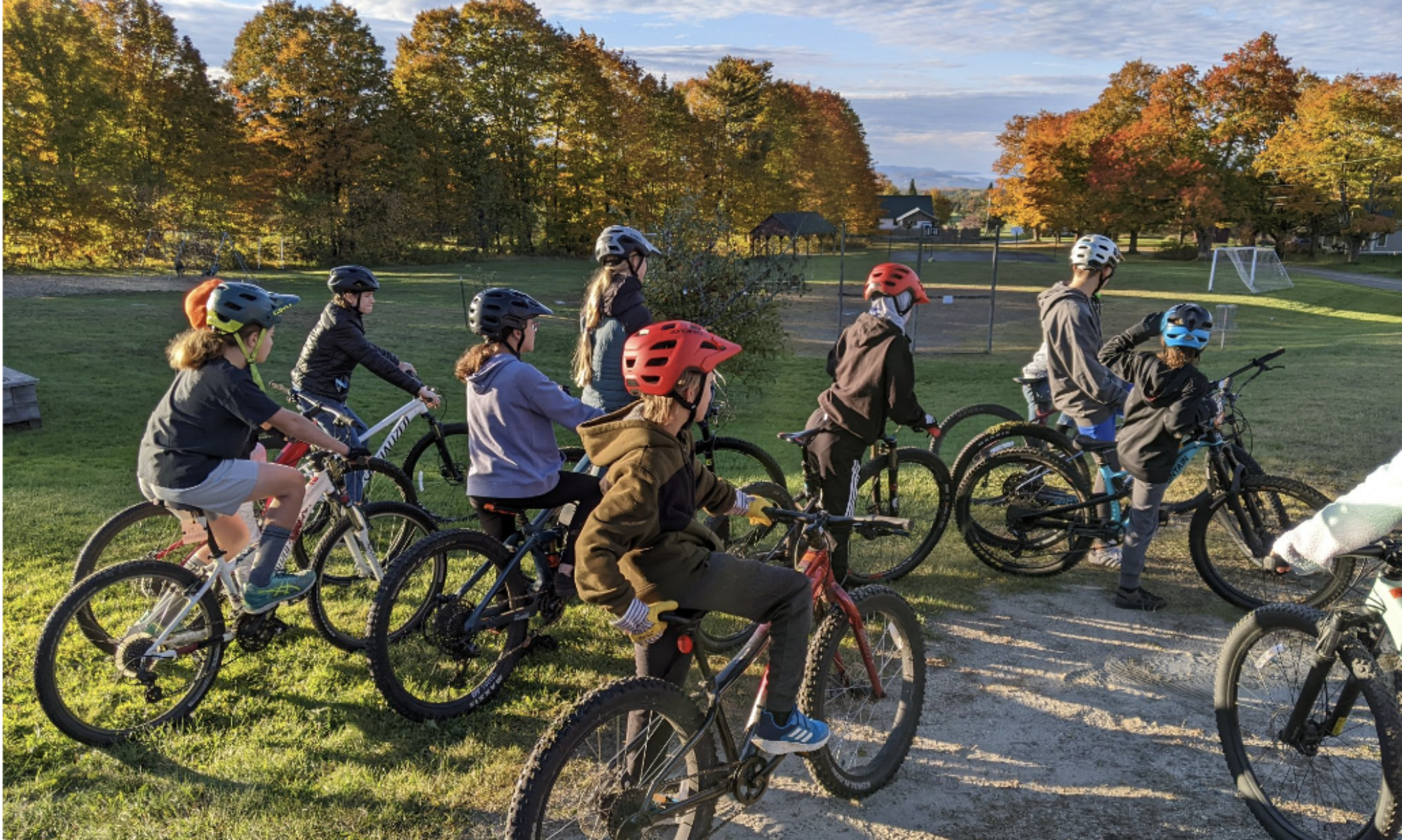We find ourselves in a new frontier, suddenly in each other’s homes with online faculty meetings. Now that we are here, how can we make sure to continue to build community, plan, coordinate remote learning, create resources, while upholding some boundaries and norms?
Here are some ideas for online norms for faculty meeting that might be helpful, and recommendations for teachers meeting with students virtually, all in the spirit of setting and protecting healthy boundaries and trying to keep everyone safe and comfortable.
Be flexible: with guests
So, with all of the best laid plans (your designated meeting place), your child, or your pet, will likely find you. Everyone understands this and will say a quick hello. Honestly, we all could use that distraction and quick bit of humanity. It will take some practice to figure out what works best for you and how to manage this.
Know you are not alone in this struggle! I spend the first part of every Zoom call just incredibly grateful to see the faces of my colleagues, and then moving my cat, who really wants to be a part of the conversation.
Be flexible: with differing technology skills
Before all of this, some jumped into technology, used it daily, and felt quite comfortable with this format. Other folks have been picking up skill by skill and find this whole shift completely overwhelming… with all levels in between.
Did your first first meeting go like this, or some version of it?

So support each other with clear steps for how to do things!
Talk folks through it, step one, step two.
When we first called my mother-in-law on FaceTime, she held the phone to her ear. This makes total sense! It is how we have answered phones since Alexander Graham Bell. A new practice gets adopted forever once practiced a few times.
Be gentle on your colleagues that are making these new practices work in a short amount of time.
The mute button is your friend
Not talking during the meeting? Mute your mic! We love your dog, but it is already hard to concentrate around here. This helps everyone focus. And if you are ready to say something, you can hover over that mic with your mouse, ready to click it and jump into the conversation at the right time.
Let your family and/or housemates know you are meeting.
While your dog might not get the memo, your family and housemates should probably know there’s a professional gathering happening somewhere in their home. If nothing else, it will make them think twice about just what they yell when they stub their toes.
Stick with your regular schedule and agenda as much as possible.
Folks — adults and kids — find routines comforting. We of course need to make adjustments but we are teachers, we know what to do. Teaching is our jam. So try to shift your mindset to being about helping maximize learning and human connection and the faculty meetings are there to support you with this.
Consider the regular school day, and regular meeting times. Teachers will need time away from their computers to be with their families and handling their own personal needs. They are not available 24/7, so while we are in this new frontier, consider, how to help teachers set professional boundaries for their work. Otherwise, this could consume their every waking hour, which is not healthy.
Bring in the joy
SARUMAN (kneeling before a Palantir): What is thy will, Sauron, lord of Middle-Earth?
BURNING EYE: BUILD ME AN ARMY WORTHY OF-
MR. SNEEBLES: mew
BURNING EYE: WHAT IS THAT
SARUMAN: Forgive Mr. Sneebles, lord! I'll move him.
BURNING EYE: NO, NO. I TOTALLY WANT TO SEE THE CAT
— Scott Lynch (@scottlynch78) March 26, 2020
Everything is hard right now. How can online norms for faculty meetings encourage wellness, reflection, and joy? It has always been a challenge to do this in faculty meetings, but this even more important now. How can you promote joy, wellness, and connection?
Maybe a simple prompt at the beginning or end of each meeting:
- How are you finding joy today?
- How have you moved your body today?
- What was the best part of remote learning today?
- How will you care for yourself today?
And finally, accept two things.
One, we’re all still learning. Every day, something new, something challenging, a button toggled by accident, an intensely weird virtual background deployed through honest mistake. Still learning!
And two, this is a time of unprecedented change, challenge and anxiety, and the people who show up to your meetings — yourself included — may be in flux. They may be struggling, or experiencing loss. But they showed up. They’re still here. And they’re doing their best.
Just like you.



